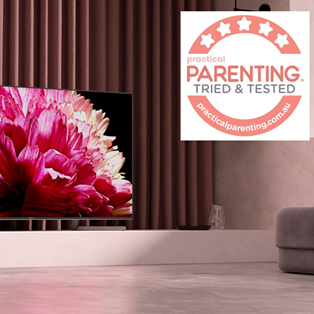Young people are growing HORNS in the back of their heads from overuse of screens

This is scary
The younger generations are developing a “horn-like” growth at the back of their heads due to extended use of smartphones and tablets, Australian researchers have found.
The discovery was made after a study was done on hundreds of young people aged 18 to 30 and almost half of them were found to have developed unusual bone growth on the skull.
The “horns” form because the hunched posture we often have when looking at a device puts extra pressure on the place where the neck muscles attach to the skull – and the body responds by laying down fresh layers of bone.

These “spurs” are usually seen in very elderly people with poor posture, who have subjected their bodies to significant stress.
The fact that these “horn-like” skull growths is now becoming common in young people is serious cause for concern, experts say.
One of the study authors, Dr David Shahar from The University of the Sunshine Coast said the study looked at 218 X-ray images of people aged between 18 and 30.
Forty-one per cent were found to have a “horn-like” bony lump at the back of their heads, ranging in size from 1-3cm.

Getty Images
The findings serve as a warning about the impact of poor posture, especially in young people, due to extended use of smartphones and other hand-held devices.
As we hunch over our devices, we crane our necks and hold our heads forward, which puts a huge strain on our bodies, particularly our necks – as the human head weighs around 4.5kg.
“The sustained increase load at that muscle attachment is due to the weight of the head shifting forward with the use of modern technologies for long periods of time,” Dr Shahar said.
“Shifting the head forwards results in the transfer of the head’s weight from the bones of the spine to the muscles at the back of the neck and head.”
The researchers plan to examine the phenomenon and develop resources to help avoid the growths, particularly in school kids.
“The thing is that the bump is not the problem, the bump is a sign of sustained terrible posture, which can be corrected quite simply,” Dr Sayers said.
The Australian Department of Health website recommends the following:
Children younger than 2 years of age should not spend any time watching television or using other electronic media (DVDs, computer and other electronic games).
For children 2 to 5 years of age, sitting and watching television and the use of other electronic media (DVDs, computer and electronic games) should be limited to less than 1 hour per day.

Nicola Conville has worked as a journalist and editor for more than 20 years across a wide range of print and online publications. Her areas of expertise are parenting, health and travel. She has two children; Lucy, age eight, and Nathan, age five.













